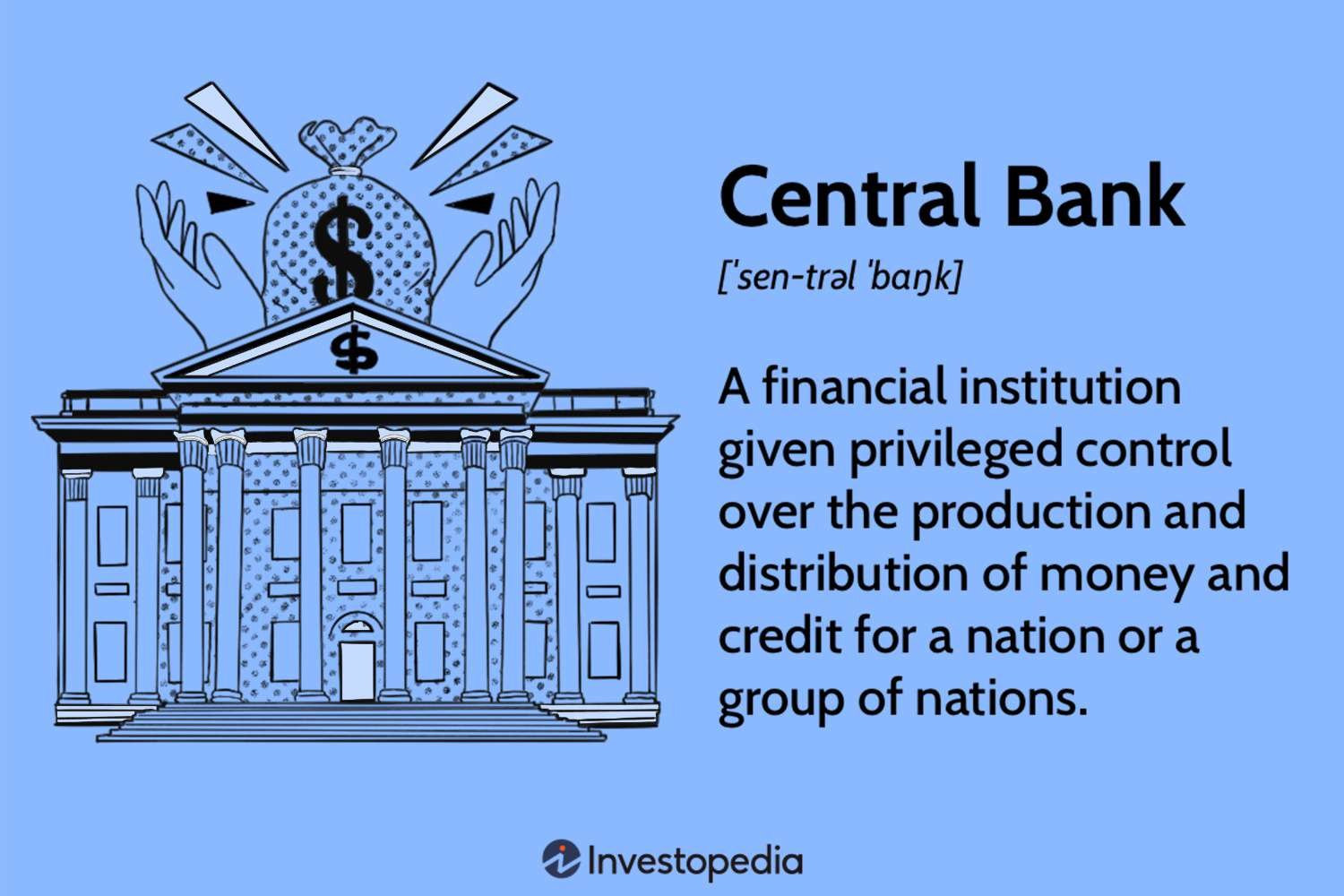Recent data released by the New York Federal Reserve Bank reveals that the robust performance of financial markets, notably the stock market’s substantial gains in 2021, has deepened existing trends of wealth inequality during the pandemic.
The report indicates that the real net worth of white individuals surpassed that of Black and Hispanic individuals by 30 and 9 percentage points, respectively, from Q1 2019 through Q2 2023. Despite government financial support and a resilient job market, the wealth gap persists.
The unemployment rate for Black Americans is currently at 5.3%, near a record low, with earnings for typical Black full-time workers rising by 7.1% since pre-pandemic times. However, closing the wealth gap remains challenging due to the higher percentage of white households having investments in stocks and mutual funds.
A separate Fed survey reveals that as of 2022, approximately 65.6% of white households had investments in stocks, in contrast to 28.3% for Hispanic households and 39.2% for Black households. The divergence in net worth is attributed to the real values of financial asset holdings.
While government support helped avert a COVID-induced recession, the surge in financial asset prices during the economy’s reopening in 2021 contributed to increased racial wealth disparities. The New York Fed notes that although market-linked assets fell in 2022 when the Federal Reserve raised interest rates, these declines did not fully offset earlier gains.
The study emphasizes the difference between income gains and closing the wealth gap. Black households, for instance, have more wealth concentrated in pensions than in stocks, mutual funds, or ETFs. Over 50% of Black financial wealth is invested in pensions, while less than 20% is in private businesses, equities, and mutual funds.
Despite a decline in the real value of Black-held financial assets during the pandemic, Treasury Deputy Secretary Walley Adeyemo suggests that economic conditions are improving for Black households. However, he acknowledges that the wealth gap remains significant, hinting at the need for potential “policy prescriptions” to address wealth distribution disparities in the United States.



